By Robyn Brentano
Many students of elder Tibetan Buddhist geshes may be familiar with the name Buxa Duar, the area in West Bengal, India, where 1,500 monks and nuns lived and studied after escaping Tibet in 1959. The actual camp was informally called Buxa Chogar, which roughly translates as “the Dharma camp at Buxa.” Robyn Brentano, an American long-time student of Tibetan Buddhism, has spent the last three years doing research and oral history interviews about Buxa Chogar and shares the story of this critical chapter of Tibetan history.
When His Holiness the Dalai Lama and 80,000 Tibetans fled the Chinese takeover of Tibet in 1959, they sought refuge in India, Bhutan, and Nepal, thinking it would be only a matter of months before they could return home. Among the refugees were thousands of Tibet’s greatest scholars, spiritual masters, reincarnate lamas, and aspiring students from the four lineages of Tibetan Buddhism and from the Bon tradition.
Some Tibetan monks and nuns found refuge in sister monasteries in Sikkim, Bhutan, and Nepal, but thousands of others had to work on road-building projects in India in order to survive. This labor proved deadly for many who were already suffering from trauma, inadequate food and shelter, and exposure to disease and the heat of subtropical India. Recognizing that Tibet’s unique scholarly traditions would perish in a generation if there were no place for the monks to continue their studies and for the monasteries to regroup, the Dalai Lama negotiated with Prime Minister Jawaharlal Nehru to establish a nonsectarian educational institution for 1,500 monks and nuns in a former British prison camp in Buxa Duar in a remote area of West Bengal.

(Reprinted with permission from Laura Miller, FPMT. This article was originally published in Mandala January-June 2019: fpmt.org/mandala/. )


